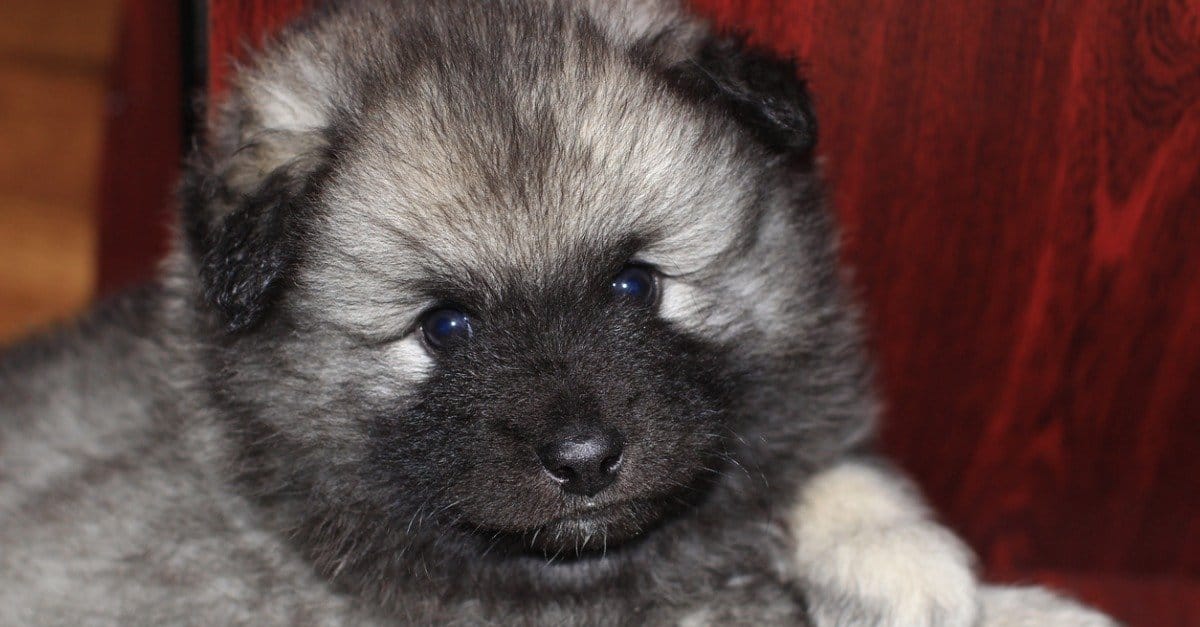Keeshonds are medium-sized dogs with big personalities. Originally known as Dutch Barge Dogs, these friendly dogs with their soft, fluffy coats were often found living on the Dutch barges floating through the canals and rivers of the Netherlands. Though not big enough to be guard dogs, they were excellent companions and could raise an alarm at the sight of any trouble. Today, they make great family pets known for their affectionate personalities. Read on to learn about Keeshond progression, growth charts, milestones, and training tips.
Keeshond Summary
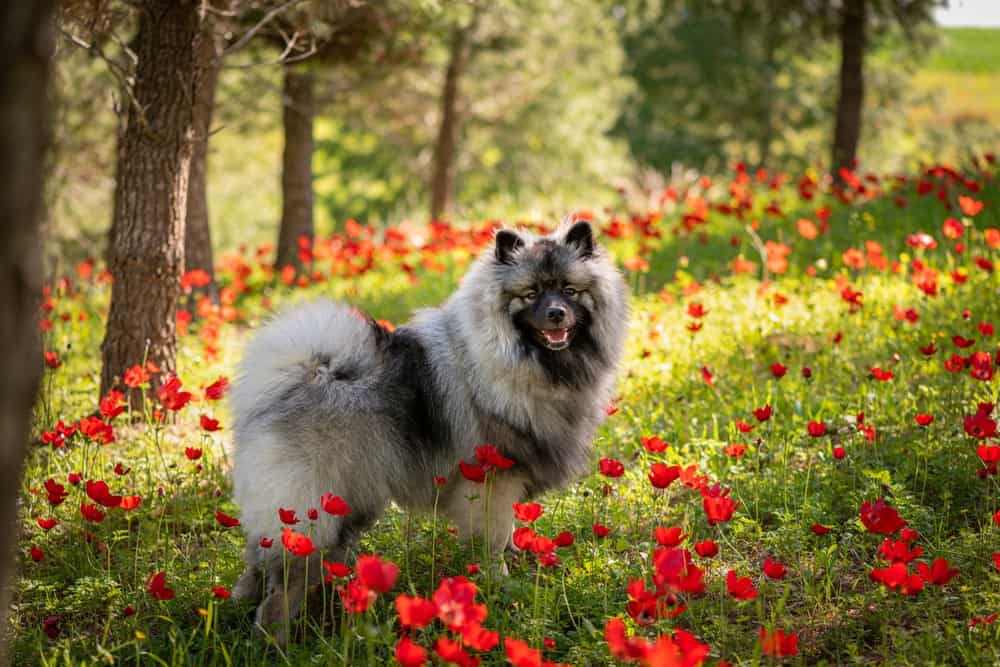
Keeshonds have fluffy tails that curl around their backs.
©Doczahi/Shutterstock.com
Keeshonds are a spitz breed with a fox-like face and pointed ears. Their double coats are soft with straight silver and black fur. Their full and fluffy tails curl over their backs but can droop down when tired or relaxed. The males can get 18 inches tall, while the females are usually around 17 inches. Both males and females weigh around 35 to 45 pounds.
Keeshond Growth and Weight Chart by Age
Please note your Keeshond puppy’s weight may vary. You may refer to the Keeshond growth chart below for average weights for medium-sized dogs that reach 35 to 45 pounds, but these are only averages.
| Age | Male Weight | Female Weight |
|---|---|---|
| Birth | 13 ounces | 8 ounces |
| 1 Month | 4 pounds | 3.5 pounds |
| 6 Weeks | 5.5 pounds | 4.0 pounds |
| 2 Months | 7.0 pounds | 5.5 pounds |
| 3 Months | 10.5 pounds | 8.3 pounds |
| 4 Months | 14.0 pounds | 11.0 pounds |
| 5 Months | 19.3 pounds | 15.1 pounds |
| 6 Months | 22.8 pounds | 17.9 pounds |
| 7 Months | 26.3 pounds | 20.6 pounds |
| 8 Months | 30.6 pounds | 24.1 pounds |
| 9 Months | 34.1 pounds | 26.8 pounds |
| 10 Months | 37.6 pounds | 29.6 pounds |
| 11 Months | 42.0 pounds | 33 pounds |
| 12 Months | 45.5 pounds | 35.8 pounds |
| 2 Years | 45.5 pounds | 35.8 pounds |
When Will My Keeshond Stop Growing?
Most medium-sized dogs, such as Keeshonds, will grow to their full size by 12 to 15 months. Although we can look to the Keeshond growth chart for averages, regular checkups with your vet can help you be sure your puppy is the right weight for his age and height. According to the American Kennel Club (AKC), vets generally like to see puppies every three to four weeks until 16 weeks of age. After that, healthy dogs usually need to visit their vets once a year for booster shots and annual checkups.
How Big Will My Keeshond Be When It’s Fully Grown?
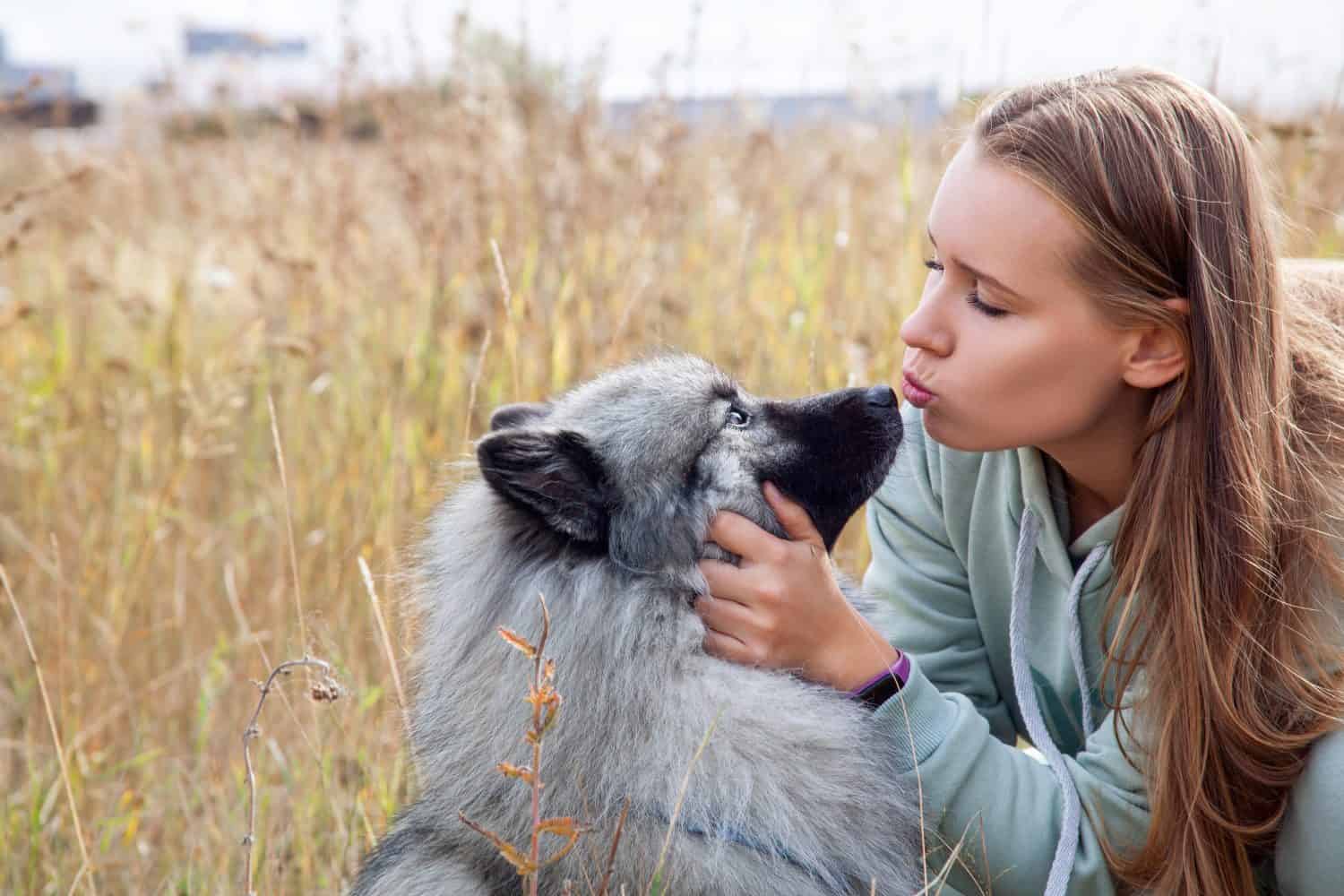
The Keeshond is a medium-sized Spitz breed with a loving personality.
©Galaxy love design/Shutterstock.com
As adults, Keeshonds grow to be about 17 to 18 inches tall and 35 to 45 pounds. The males are usually slightly larger than the females. Of course, this is an estimate and variation will occur depending on your dog’s genetics and the diet you feed them.
When Should My Keeshond Be Spayed or Neutered?
According to the American Veterinary Medical Association, neutering dogs can help prevent enlarged prostate glands and lower the risk of testicular cancer. Spaying females can reduce the risk of breast cancer and help prevent uterine infection. Spaying and neutering can also have a positive effect on behavior and lessen aggression.
Most dogs are typically spayed or neutered around six to nine months of age. However, recent research has shown that it may benefit female dogs to reach sexual maturity before being spayed, especially in large breeds. There are pros and cons to waiting for your dog’s first heat cycle before spaying, and this can depend on your dog’s health and needs.
When Should My Keeshond Be House Broken?
Potty training can begin as soon as your new puppy arrives home but don’t expect a ton of progress during the first few weeks. New Keeshond puppies will need to be taken out often in the first few months. They have tiny bladders and can’t wait for long. You will also want to take your puppy out after sleeping, playing, or eating.
Crate training can help house-train your dog because they typically don’t want to mess where they sleep. If accidents happen, and they will, don’t punish your puppy. Take them outside to their usual potty spot and praise them if they finish outdoors.
You can prevent accidents by keeping your pup on a schedule, watching their behavior for signals such as circling or sniffing, and confining them to their crate when you can’t supervise them. Remember, consistency, and patience are the key to housetraining any breed of dog.
When Should My Keeshond Stop Eating Puppy Food?
Puppies have different nutritional needs than adults. Puppy food is formulated to provide growing pups with what they need to support growth, including higher levels of protein, fat, and also nutrients like DHA. You can always check with your vet for advice on when to switch your Keeshond to adult food. However, most dogs can begin eating adult dog food when they are around one year of age.
When Will My Keeshond Start Losing Teeth?
Puppy teeth begin to come in when dogs are a couple of weeks old. These baby teeth will start to fall out around 12 to 16 weeks, and by 5 to 7 months, the baby teeth should all be gone. Just like with human babies, teething can be painful for Keeshond pups. Give your Keeshond soft toys to chew to help relieve her pain. You can also buy freezable toys your dog can gnaw on to reduce inflammation. Simply freezing a wet washcloth and letting your pup chew on it will also soothe their gums and reduce swelling.
When Should I Start Training My Keeshond?
You can start training your Keeshond as soon as you bring your new puppy home. Starting early will help your pup understand your expectations and will help prevent behavior issues later on. Keeshonds are intelligent breeds and are typically easy to train. These cheerful, affectionate dogs won’t need special training but can benefit from the typical basic training any dog should have.
What Cues Should I Teach My Keshond First?
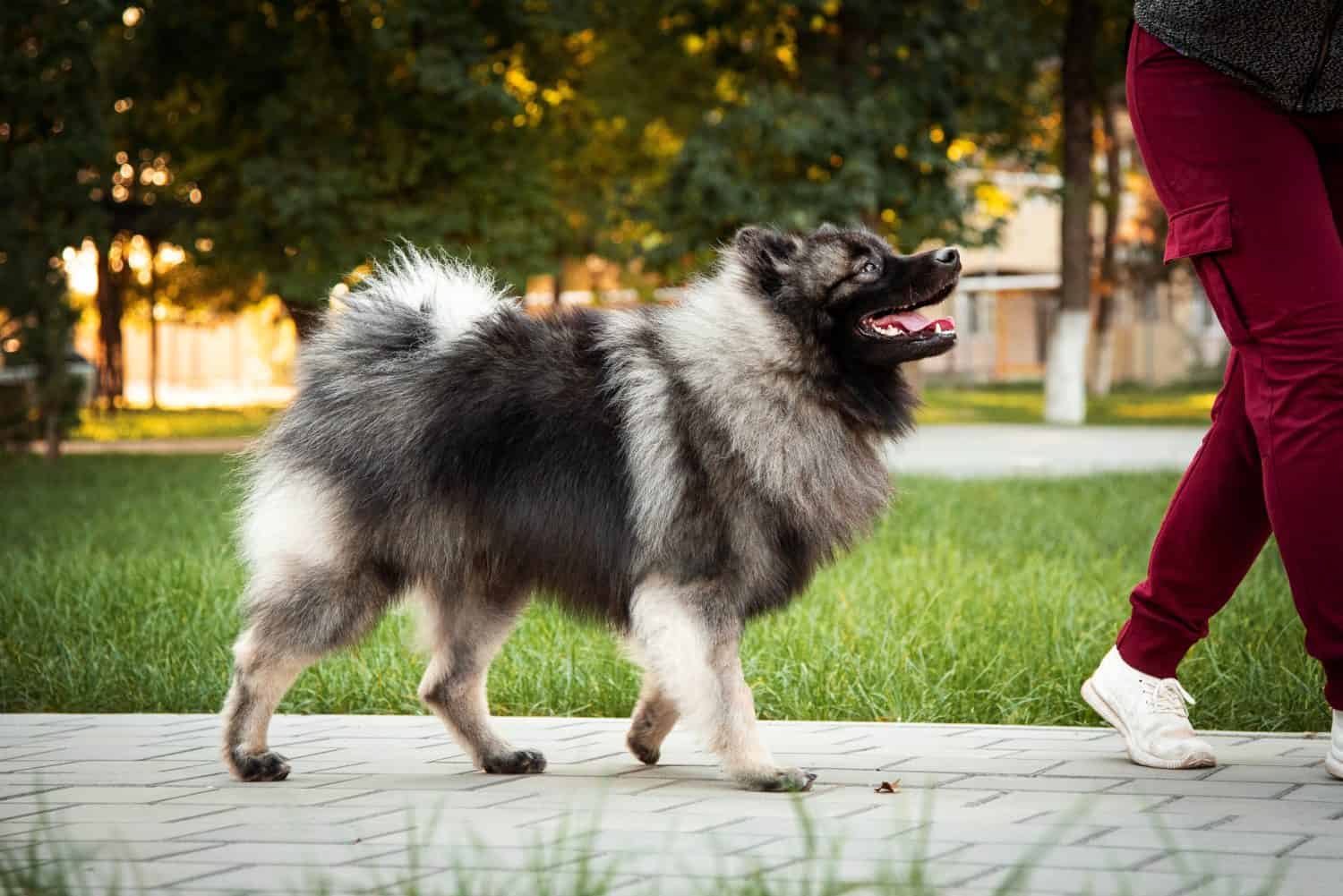
Keeshond dogs are typically intelligent and easy to train.
©Hinatka94/Shutterstock.com
You can start with simple commands for your pup, such as sit and stay. However, teaching your dog to come when you call is perhaps the most important cue and can save your dog from dangerous situations. Experts agree that positive reinforcement, rewarding your dog for good behavior, gets the best results when training.
When Will My Keeshond Calm Down?
In general, dogs begin to act more mature around one to two years old. Keeshond owners on Reddit have reported their dogs generally start to calm down around 18 months to two years of age.
However, you can make life with your energetic young dog much easier by providing regular exercise. A tired dog is much less likely to engage in problem behaviors than one that is stir-crazy. Providing training and socialization for your dog can help lessen problem behaviors as well.
Common Health Issues Your Keeshond Might Experience
Diseases and conditions in dogs are often genetic. Keeshonds are more prone to certain medical issues including:
- Hip Dysplasia occurs when the ball and socket joint of the hip don’t fit together correctly.
- Epilepsy is a neurological disorder that causes seizures.
- Patellar Luxation happens when a dog’s kneecap dislocates.
Pictures of Keeshonds as Puppies
Here are some photos of Keeshonds between zero and five months of age.

Keeshond puppies are energetic and playful.
©Sabine Hagedorn/Shutterstock.com
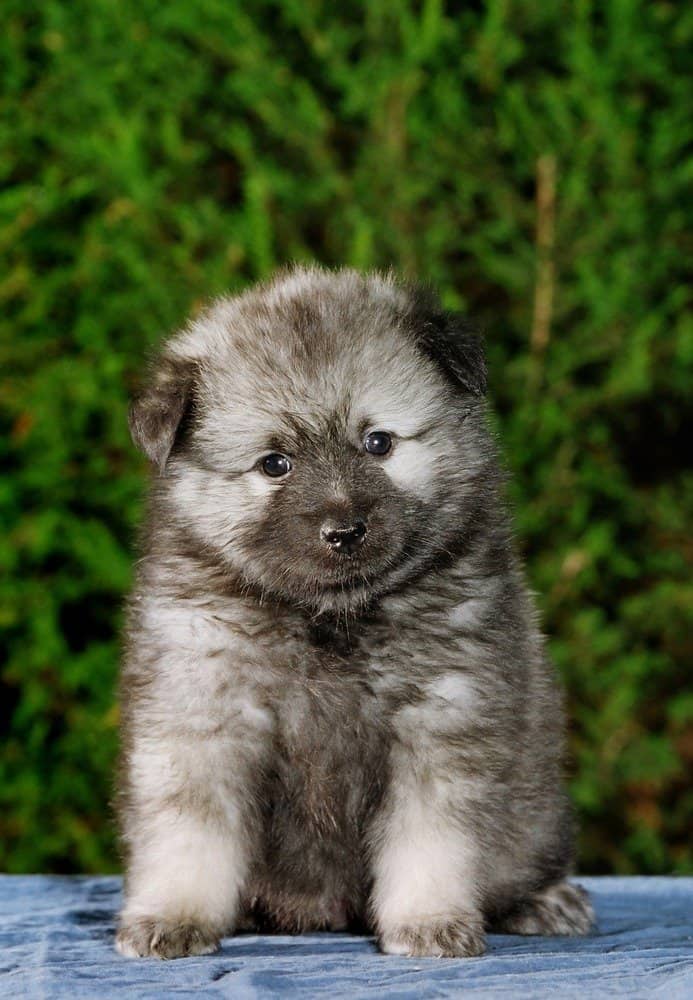
You can begin teaching simple training cues to your Keeshond puppy as soon as your pup arrives home.
©PardoY/Shutterstock.com
Pictures of Keeshonds at 6 Months
Here are some photos of Keeshonds between six and 12 months of age.
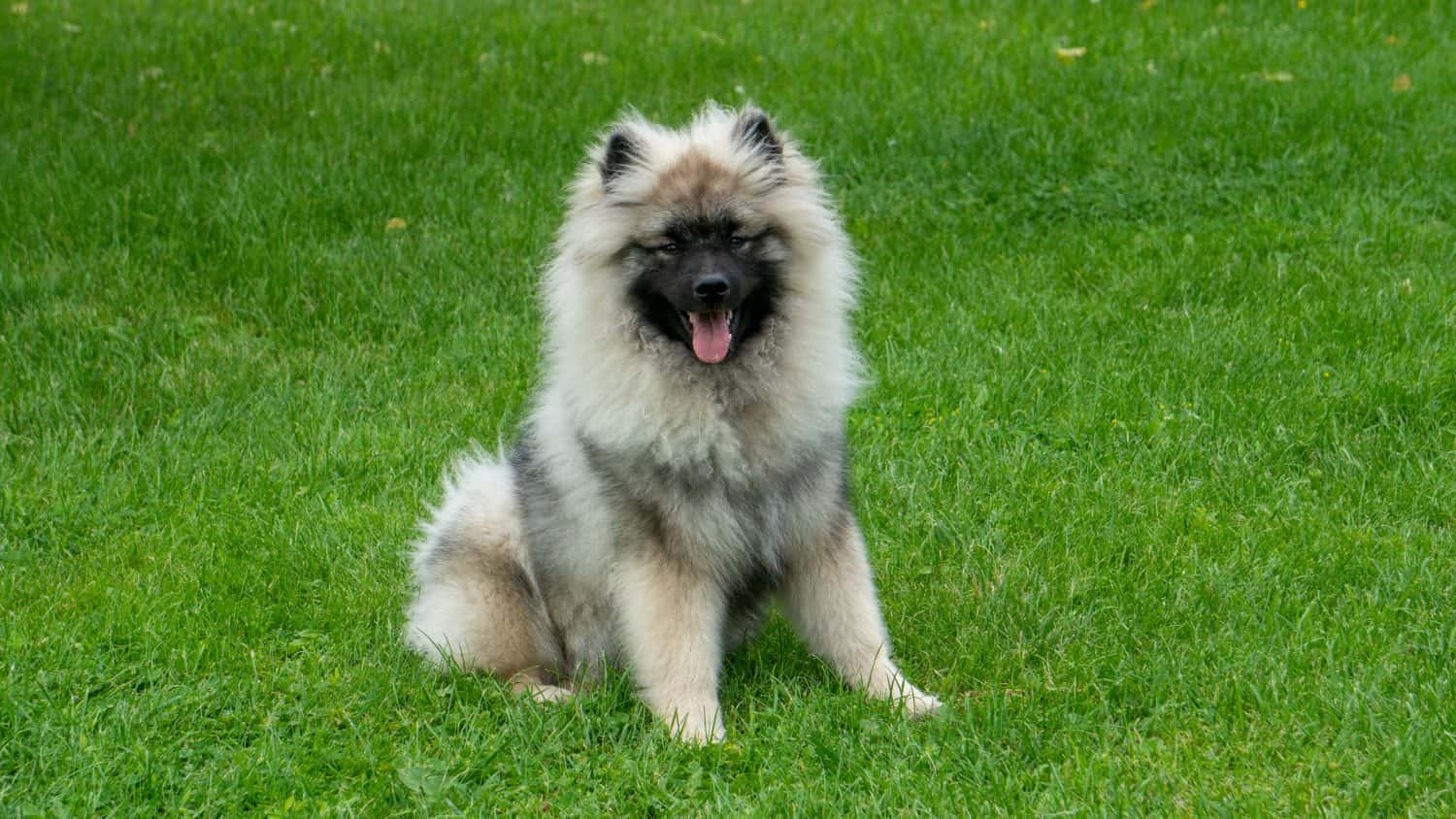
A Keeshond at six months of age will weigh around 18 to 23 pounds.
©DawiChi/Shutterstock.com
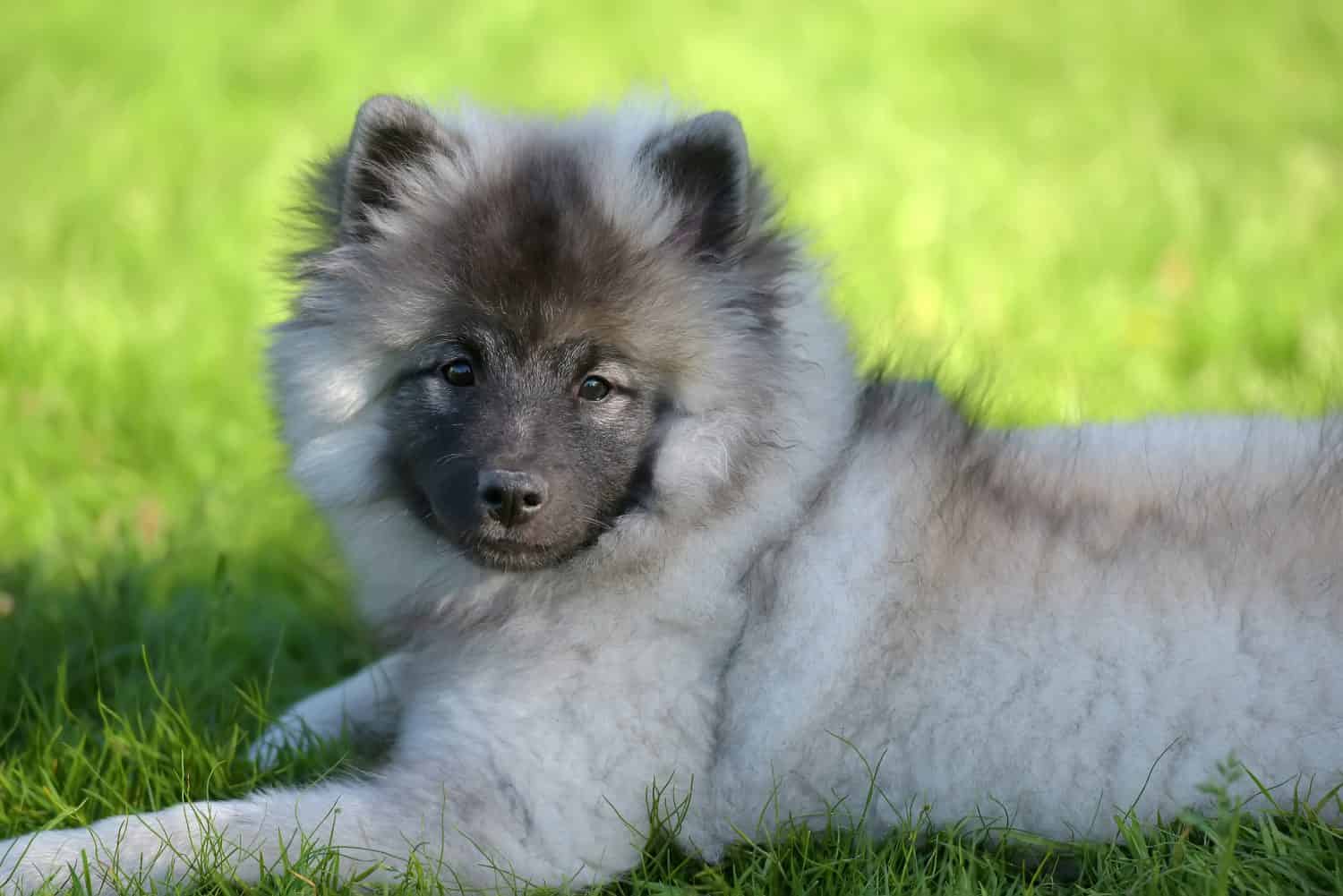
Keeshond puppies are easy to train because they are intelligent and eager to please their owners.
©Anna Krivitskaya/Shutterstock.com
Pictures of Fully Grown Keeshonds
Here are some photos of adult Keeshonds.
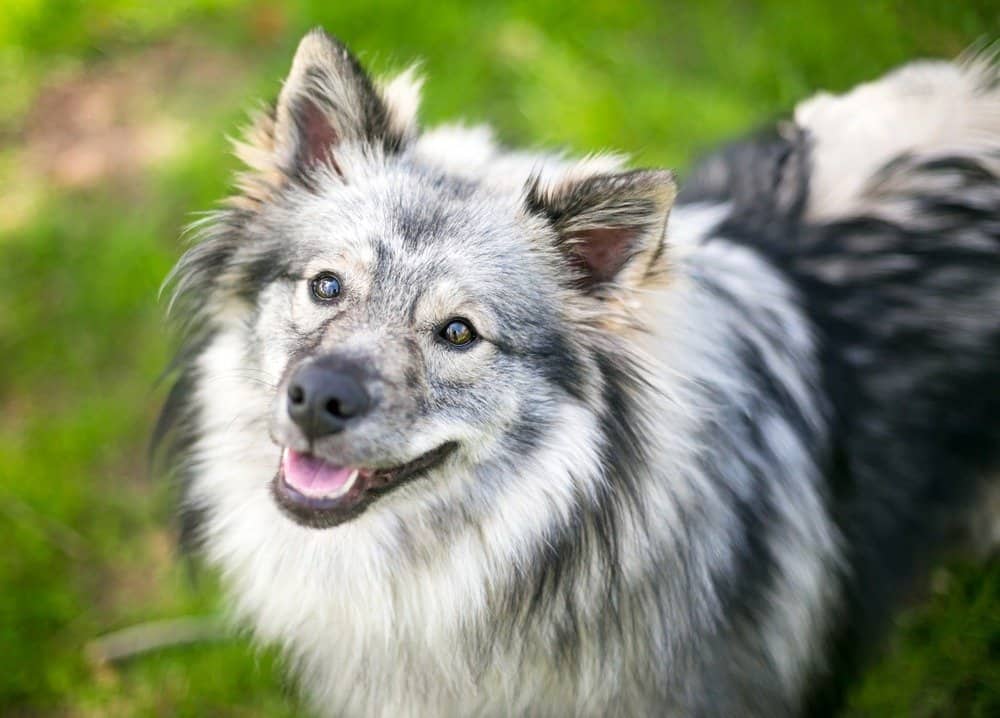
Keeshonds were known as barge dogs in Holland in the 1700s.
©Mary Swift/Shutterstock.com
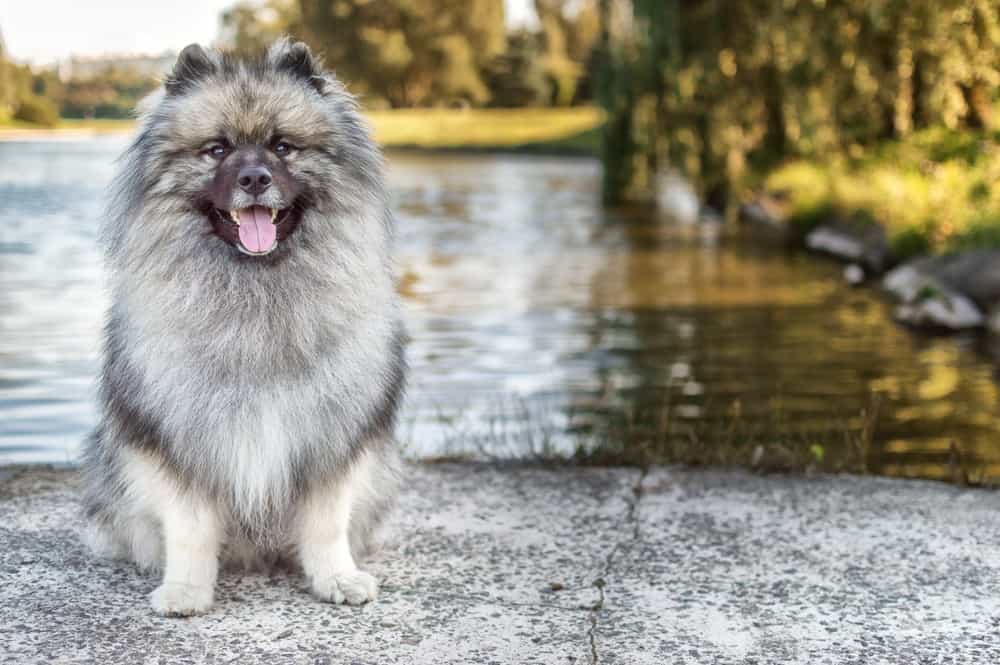
Keeshonds are known to be affectionate and playful with children.
©Anastasiya Tsiasemnikava/Shutterstock.com
Ready to discover the top 10 cutest dog breeds in the entire world?
How about the fastest dogs, the largest dogs and those that are -- quite frankly -- just the kindest dogs on the planet? Each day, AZ Animals sends out lists just like this to our thousands of email subscribers. And the best part? It's FREE. Join today by entering your email below.
Thank you for reading! Have some feedback for us? Contact the AZ Animals editorial team.

